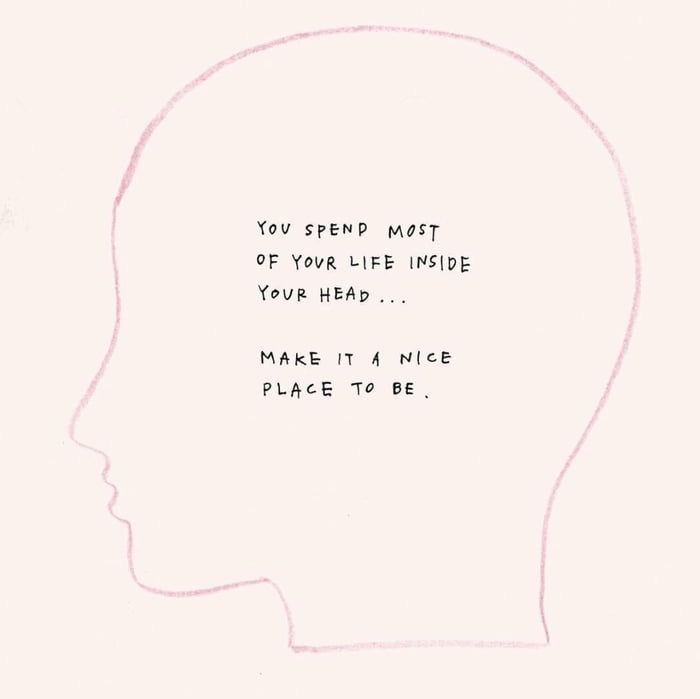What is My Skin Type?
- Makyrah Clyburn
- Feb 9, 2023
- 2 min read

*Image from Pinterest*
Your skin is not the same as everyone else’s. It may be more complex or simpler than others, which is perfectly okay. What may work for some may not work for you.
Knowing your skin type can help with numerous things, like helping you figure out what products to use and which ones not to use and helping with treating any concerns you have. There are five types of skin that exist so far in the beauty world: - Dry - Oily - Normal - Combination - Sensitive Factors That Affect Your Skin Type: - Age - Genetics - Hormones - Conditions - Diet/Lifestyle - Climate Skin Types:
Dry: Dry skin does not produce as many natural oils as other skin types. It could look flaky or scaly. You most likely have dry skin if it feels tight after you wash your face.
Oily: Oily skin is when the skin produces much more oil than normal, which causes a shiny appearance on your face. This type of skin can cause clogged pores, blackheads, and pimples.
Normal: Normal skin is exactly what it sounds like. There is less chance of clogged pores, acne, and skin sensitivity. There is little to no appearance of large pores or acne.
Combination: Dry and oily skin types can coexist in combination skin. Combination skin is characterized by oily "T zones" (the forehead and nose region) and dry cheeks and chin. However, it varies from person to person. Due to its natural tendency to change with the weather and seasons, this skin type is more tricky.
Sensitive: Skin sensitivity can be complicated. There is no particular kind of sensitivity. You can have skin that is normal-sensitive, oily, or dry. Genetics is what determines this. Your skin's sensitivity levels will cause some level of redness and acne if you have sensitive skin, which is hard to spot. Methods To Use: Bare-Face Method: The first method you can use to identify your skin type is the bare-face method. First, you want to use a gentle cleanser. After that, don’t apply anything to your face and wait at least 30 minutes to check. Blotting Sheet Method: The second method you can use to check your skin type is the blotting-sheet method. You take a couple of blotting sheets, and with each one, you swipe different areas of the face. If you see oil, then it could be either combination or oily skin. If you can't see anything, it's possible that it's dry skin. Identifying your skin type may sound like a lot of work, but it only gets better from there. Remember, it may not be you externally that’s the problem; the inside of you matters just as much. Multiple factors play different roles in determining your skin type.




Comments